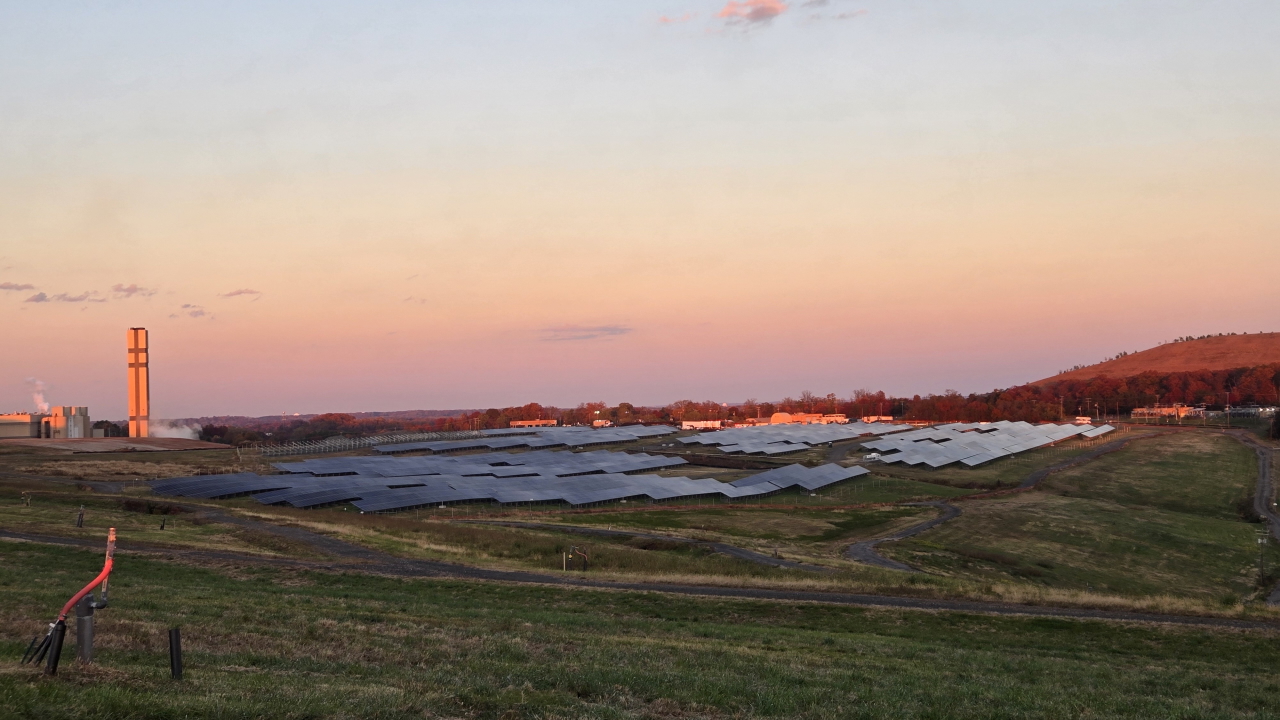Lazard's Annual LCOE Report - Must Read
Download resource
Lazard's Annual LCOE Report - Must Read

“Lazard’s latest annual Levelized Cost of Energy Analysis (LCOE 13.0) shows that as the cost of renewable energy continues to decline, certain technologies (e.g., onshore wind and utility-scale solar), which became cost-competitive with conventional generation several years ago on a new-build basis, continue to maintain competitiveness with the marginal cost of existing conventional generation technologies.” Highlights from the report:The cost of generating energy from onshore wind and utility-scale solar projects fell by 3.5% and 7.0%, respectively, over the past year.While the reductions in costs continue, their rate of decline has slowed, especially for onshore wind. Costs for utility-scale solar have been falling more rapidly (about 13% per year) compared to onshore wind (about 7% per year) over the past five years.When U.S. government subsidies are included, the cost of building new onshore wind and utility-scale solar (with values averaging $28/MWh and $36/MWh, respectively) is competitive with the marginal cost of coal and nuclear generation (with values averaging $34/MWh and $29/MWh, respectively).Regional differences in resource availability and fuel costs can drive meaningful variance in the LCOE of certain technologies, although some of this variance can be mitigated by adjustments to a project’s capital structure, reflecting the availability, and cost, of debt and equity.Link



